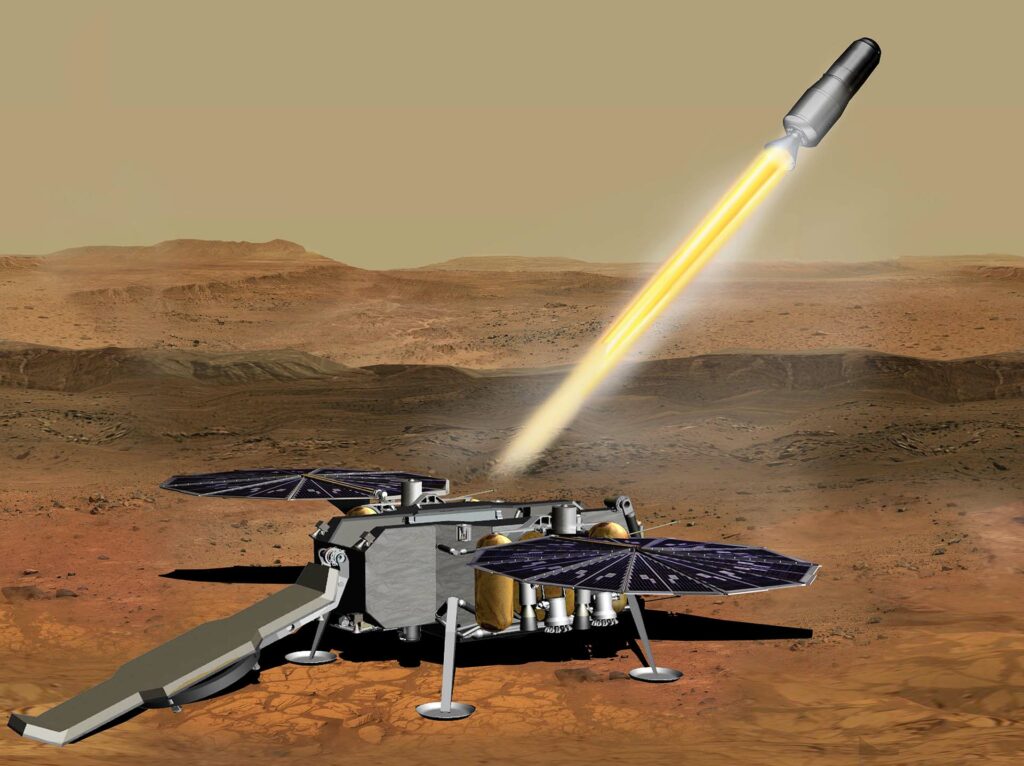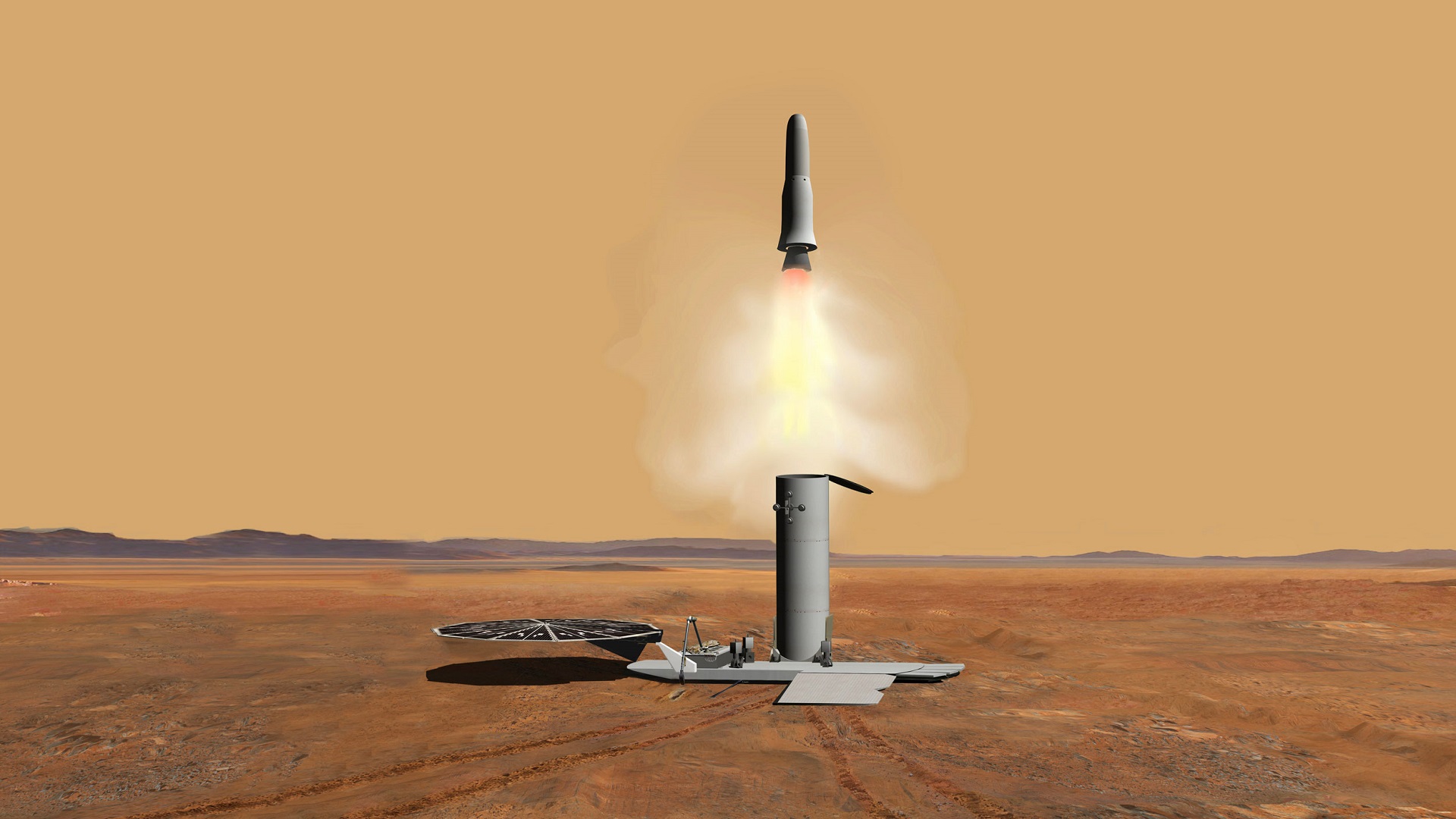The Mars Sample Return mission plans to bring samples of Martian soil back to Earth. Problem: the current plan is too long and too expensive. NASA must propose a new approach, to correctly meet deadlines and budget.
Bringing Martian samples back to Earth is good. But bringing back fragments of the Red Planet without breaking the bank is better. So here it is the new compass what NASA intends to follow as part of its mission entitled Mars Sample Return. A philosophy that the director general of the American space agency described on April 15.
Advertisement
This new trajectory claimed by Bill Nelson is the consequence a lengthy independent evaluation delivered on September 1, 2023 to evaluate the planned plan for Mars Sample Return. To put it simply, the program review highlighted particularly high costs and an excessively long deadline.

“ A budget of $11 billion is too high and the planned return date of 2040 is too far away “, summarized Bill Nelson. Certainly, ” Mars sample return will be one of the most complex missions ever undertaken by NASA “, he admitted. But that doesn't mean you shouldn't let costs and schedule get out of hand.
This is all the more unsatisfactory given that the American space agency also wants to conduct a long-term manned space program for Mars, including a human presence on the surface. NASA imagines reaching this milestone towards the end of the 2030s – if this schedule is kept, this suggests that the return of the samples would occur later.
Drastically reduce costs and accelerate the schedule
The Mars Sample Return program, which is still being designed, must therefore be revised to counter any further drift. It is also about restoring a certain coherence: it is naturally expected to first complete a sample return, before landing a crew on the red planet.
Advertisement
Originally, NASA had planned to launch the mission around 2027-2028 – as for the Martian samples, it was planned to return them at the very beginning of the 2030s. A horizon that the independent evaluation deemed illusory: “ The technical problems, risks and results achieved so far indicate a probability close to zero. »
The report adds “ that there is currently no credible and coherent technical basis, nor any properly marginalized schedule, cost and technique that can be achieved with the funding likely available. » The objective from now on will be to reduce the cost of the program to a range from 5 to 7 billion dollars.


It now remains to build this more efficient and cheaper solution. NASA has warned: this will be done with the private sector. The industry will have to make proposals to reduce “ the costs, risks and complexity of the mission. » Companies are invited to make innovative proposals, but also to mobilize proven technologies.
Now the next big step will be in fall 2024. Bill Nelson expects his centers like the Jet Propulsion Laboratory to identify new avenues for this program, taking into account budgetary and schedule constraints. This is also when ideas from the private sector are expected.
At that point, there is no doubt that SpaceX will be in the running. This is what Elon Musk, the founder of the company, suggested on X (formerly Twitter), in a response to NASA. “ Starship has the potential to bring significant tonnage back from Mars within five years “, he wrote. But when it comes to predictions, Elon Musk hasn't always been right.
See the world from space
